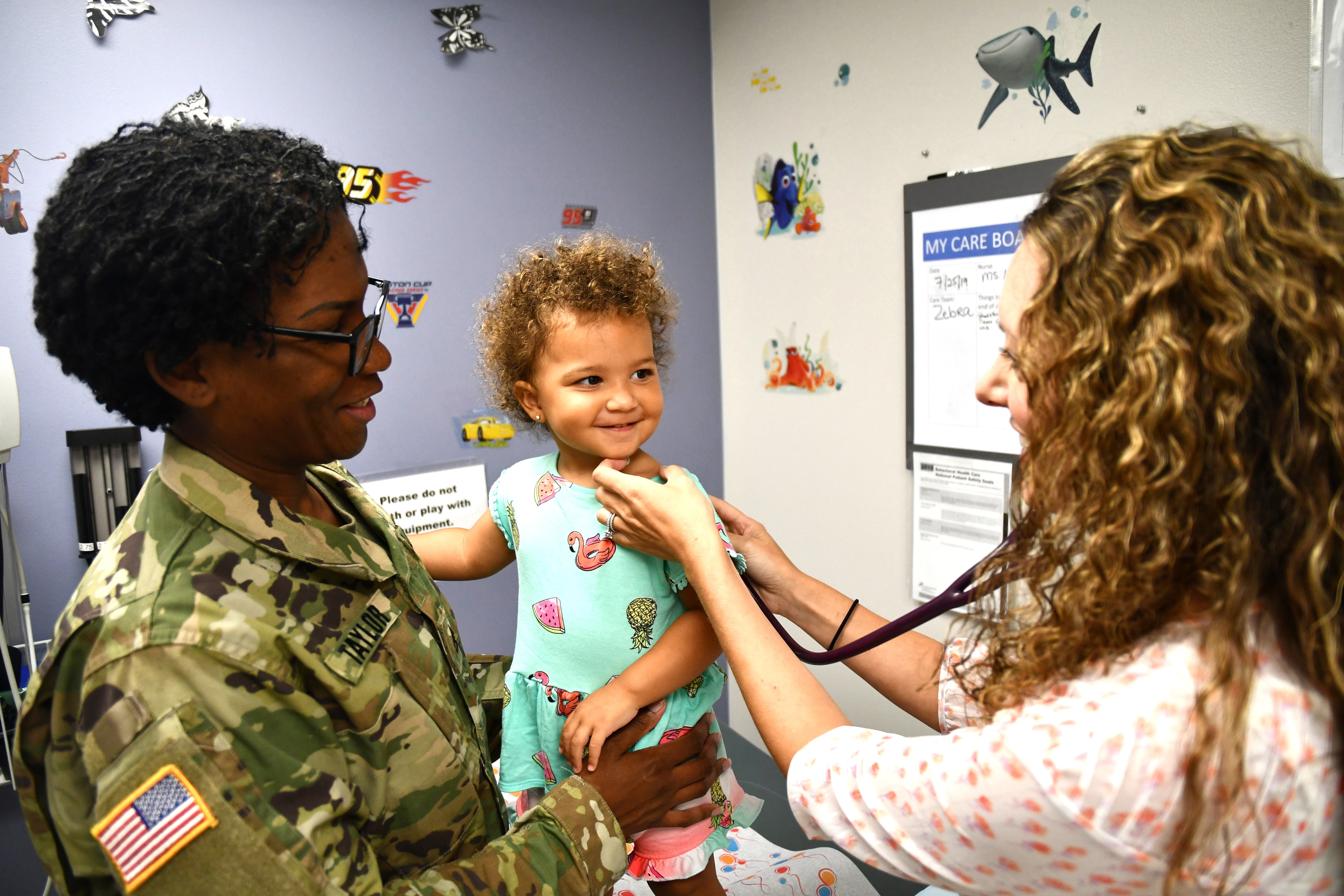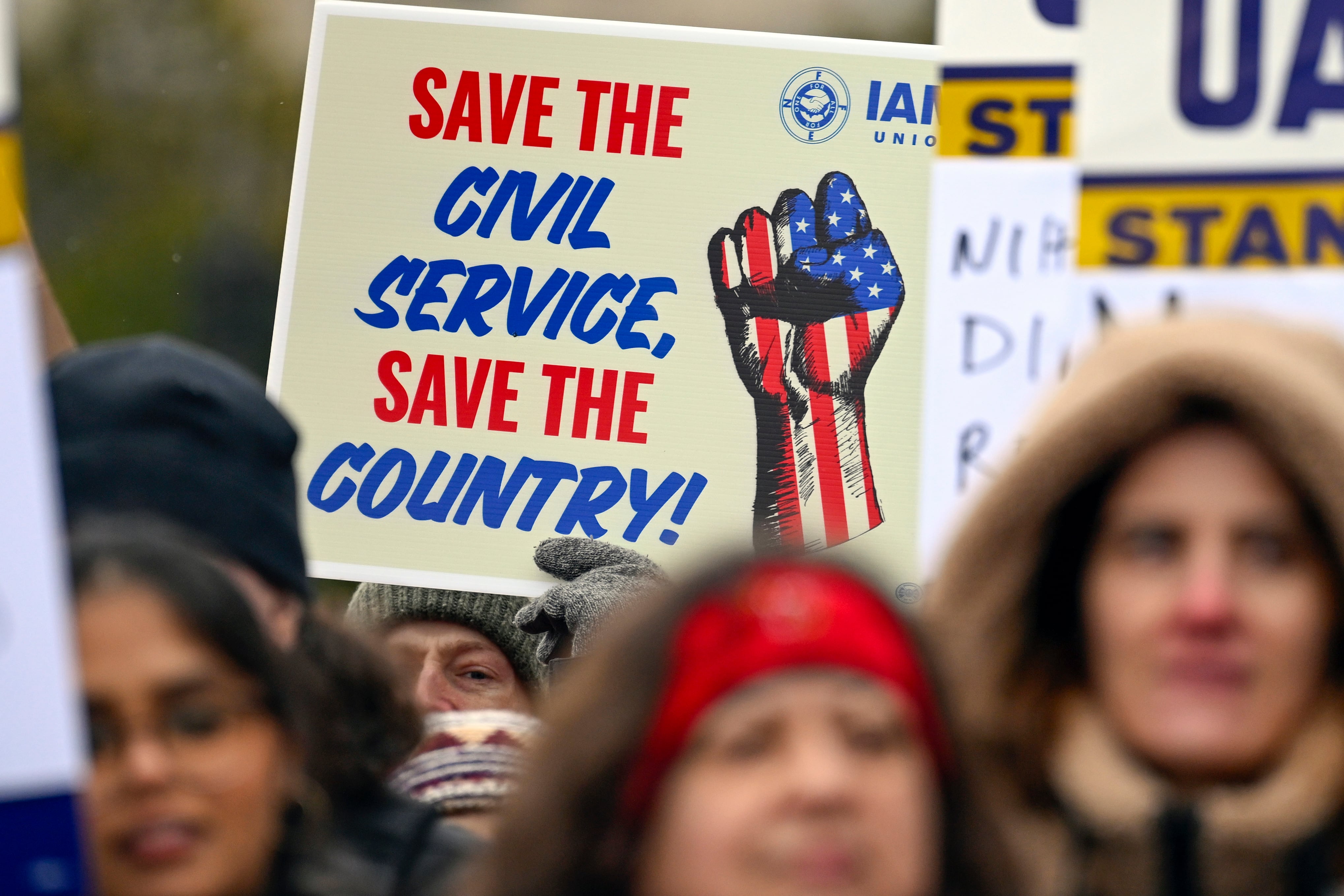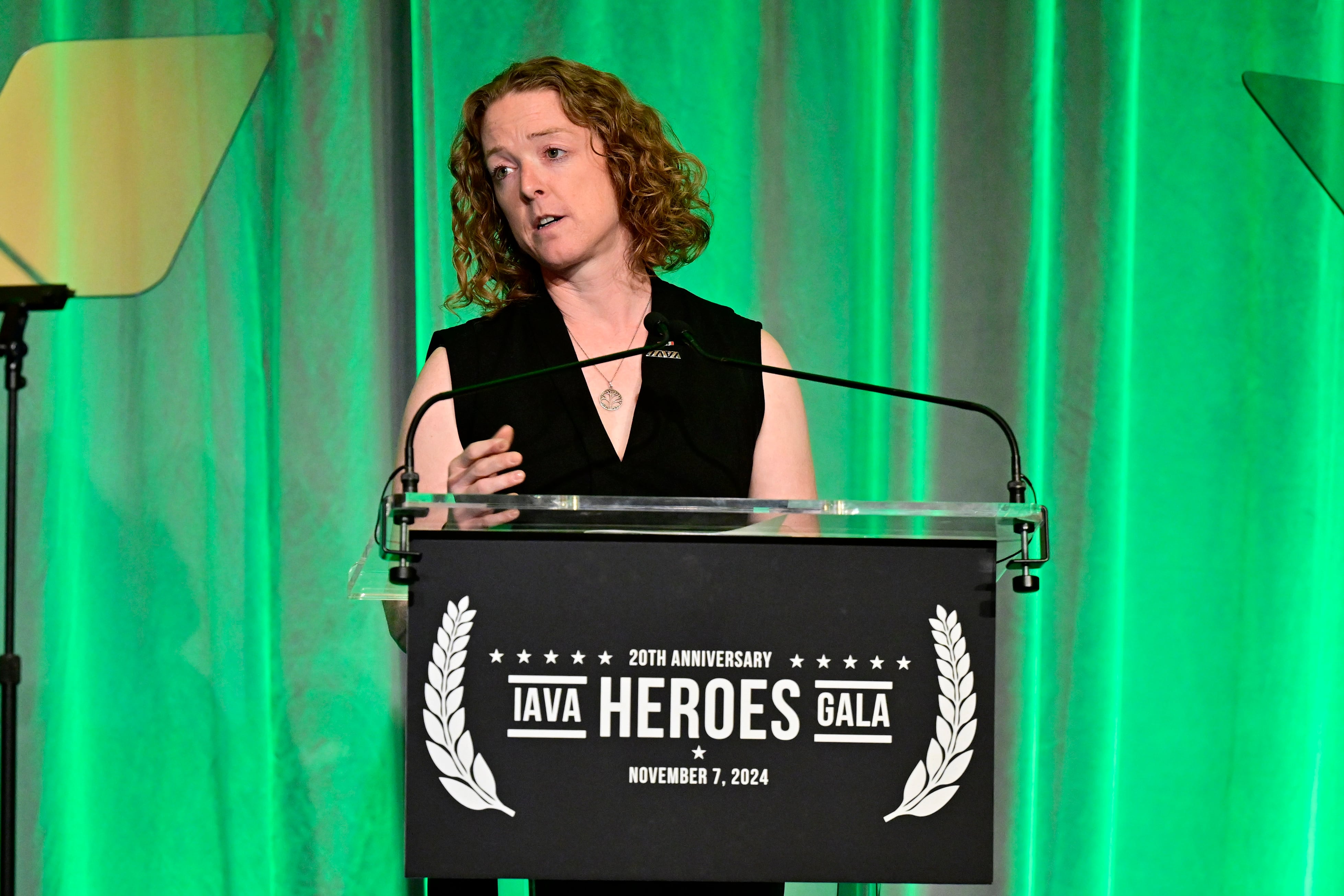More than seven decades Seventy-three years after he was killed in action in the Pacific, a World War II Raider has come home.
Marine Corps Sgt. John C. Holladay was buried with military honors Monday at the National Cemetery in Florence, South Carolina, after his remains were identified and repatriated from the Solomon Islands.
His return means his family's 70-year grieving process is over, his nephew Jack Holladay said.
"It was a joyous occasion to finally have him back on American soil," he said. "Knowing that the Marine Corps bent over backward to identify the remains and bring him home — words can't describe it; it means everything to us."
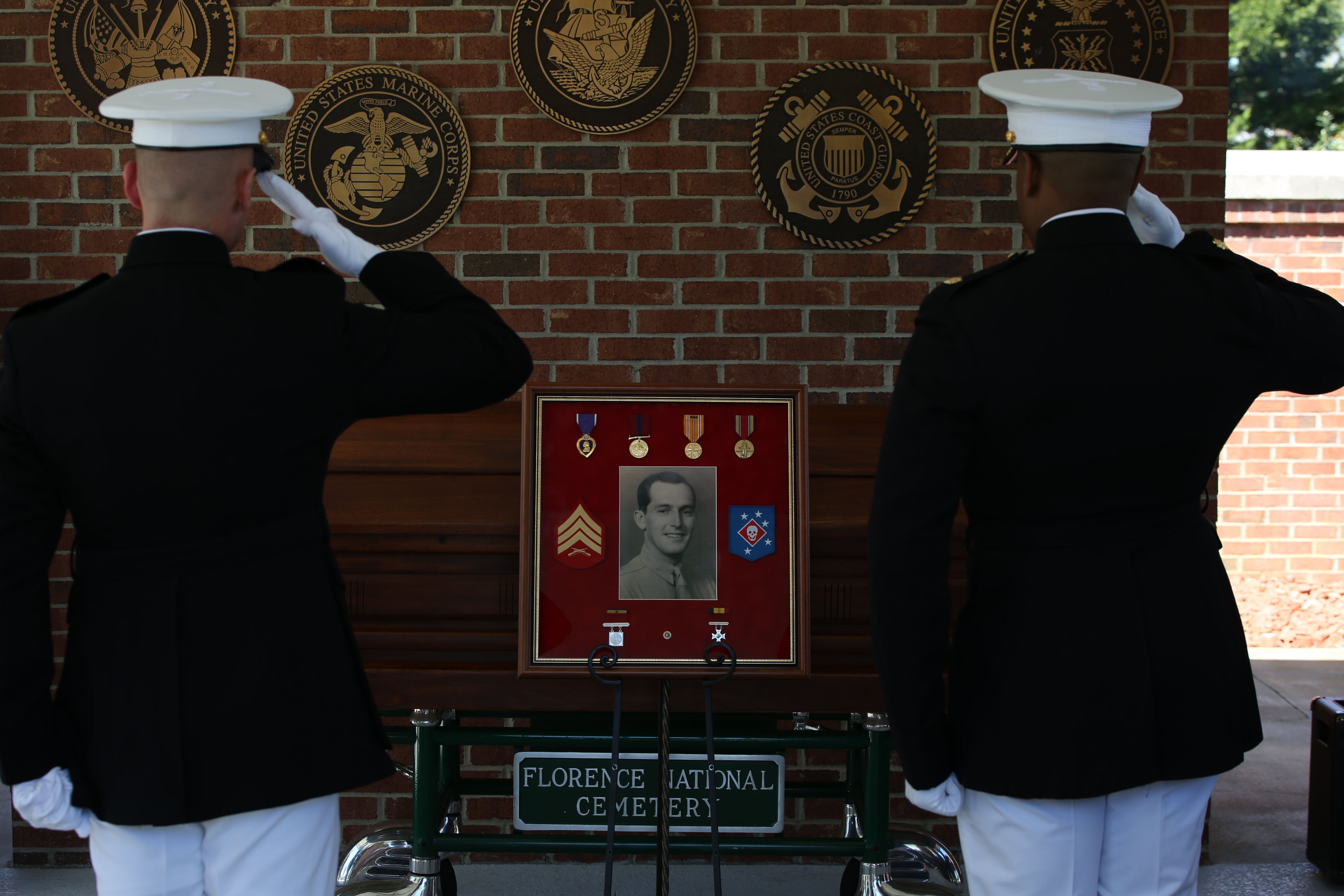
Members of 1st Marine Raider Battalion render a final salute to Sgt. John C. Holladay during his memorial service in Florence, S.C., on Monday. Holladay, a World War II Marine Raider was killed in action while assigned to Bravo Company, 1st MRB, in 1943.
Photo Credit: Sgt. Donovan Lee/Marine Corps
Under brilliant skies, Marines of Fox Company, 4th Light Armored Reconnaissance Battalion, rendered the funeral detail for Holladay's burial before more than a hundred family, friends and community members.
In attendance as well were members of today's Raiders: the Marine Corps Forces Special Operations Command, the decade-old spec-ops community that directly traces its lineage to the Raiders of WWII.
"The fact that Raiders take care of their own, in life and in death, is a major contributor to their audacity and mission accomplishment," MARSOC spokesman Capt. Barry Morris said. "Sgt. Holladay's return provides closure for both his family and the Raider community, demonstrating that although he was missing 73 years he was never forgotten."
On July 20, 1943, the 1st Raider Battalion, 1st Raider Regiment, was tasked with assaulting through enemy positions at Bairoko Harbor on New Georgia Island as part of Operation Cartwheel, a joint Marine Corps-Army offensive to shut down Japanese operations in the South Pacific.
After fighting through two successive defensive lines, 31-year-old Holladay, as platoon sergeant of Bravo Company, attempted to rally his Marines for an attack on a third when he was hit by a sniper, according to the Florence Morning-News.
"As we reached down to pick him up, John looked up at me, shook his head a little, gave me a smile and died," his platoon leader, Lt. Robert Kennedy, recounted in a letter to Holladay's family. "He had been shot directly in the heart and died easily and quickly."
Thirty-three other Marines and soldiers were killed in the battle. In the days after, patrols returned to recover and bury the dead, yet Holladay's remains were unaccounted for.
In 1947, the 604th Quartermaster Graves Registration Company returned to conduct an intensive search, but to no avail. In 1949, Holladay was officially designated unrecoverable by the American Graves Registration Service.
"Most of us had never met my uncle," Jack Holladay said. "The stories that our fathers told us, me and my cousins, made him leap out at us, larger than life. He would never be forgotten in our family because the stories kept his memory alive to a point that as young children, we expected him to walk through the door."
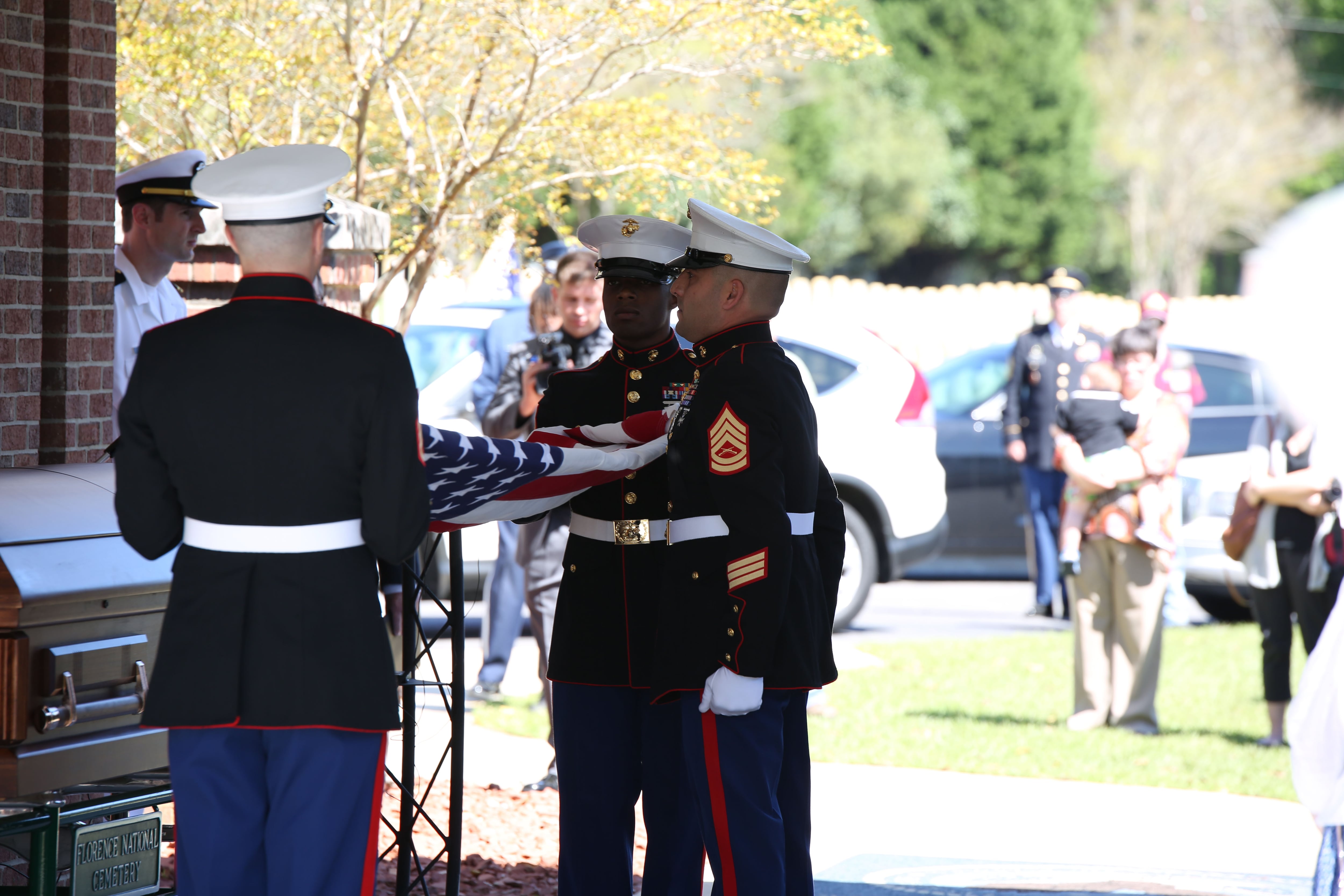
Marine Raiders remove and fold the flag that covered Sgt. John C. Holladay's casket.
Photo Credit: Sgt. Donovan Lee/Marine Corps
The United States military did not forget him, either.
In 2012, local workers on New Georgia unearthed foxholes, military gear and human remains while clearing land for logging.
The U.S. Defense Department POW/MIA Accounting Agency, tasked with searching for and identifying missing American military personnel around the world, dispatched a task force to Bairoko to investigate.
DPAA personnel interviewed islanders, launched an exhaustive search and, in 2015, took custody of remains that they conclusively identified as belonging to the Marine Raider.
"To identify Holladay's remains, scientists from DPAA and the Armed Forces DNA Identification Lab used circumstantial evidence; two types of DNA analysis, including mitochondrial DNA, which matched a maternal cousin, and Y-chromosome Short Tandem Repeat DNA, which matched a paternal nephew; as well as dental comparison and anthropological analysis, which matched his records," DPAA said in a statement.
The paternal nephew was Jack Holladay. The commandant's office contacted his family to ask for DNA samples and Holladay returned a DNA kit the day after he received it.
"Of course I volunteered; I knew how dear it way to my father and my uncle's hearts, their mother and father's" he said. "They longed to bring him home, so much that as you look through letters they wrote to the Marine Corps, they asked for just a photo of his grave, but they couldn't do that. We didn't have any hope of ever recovering him."
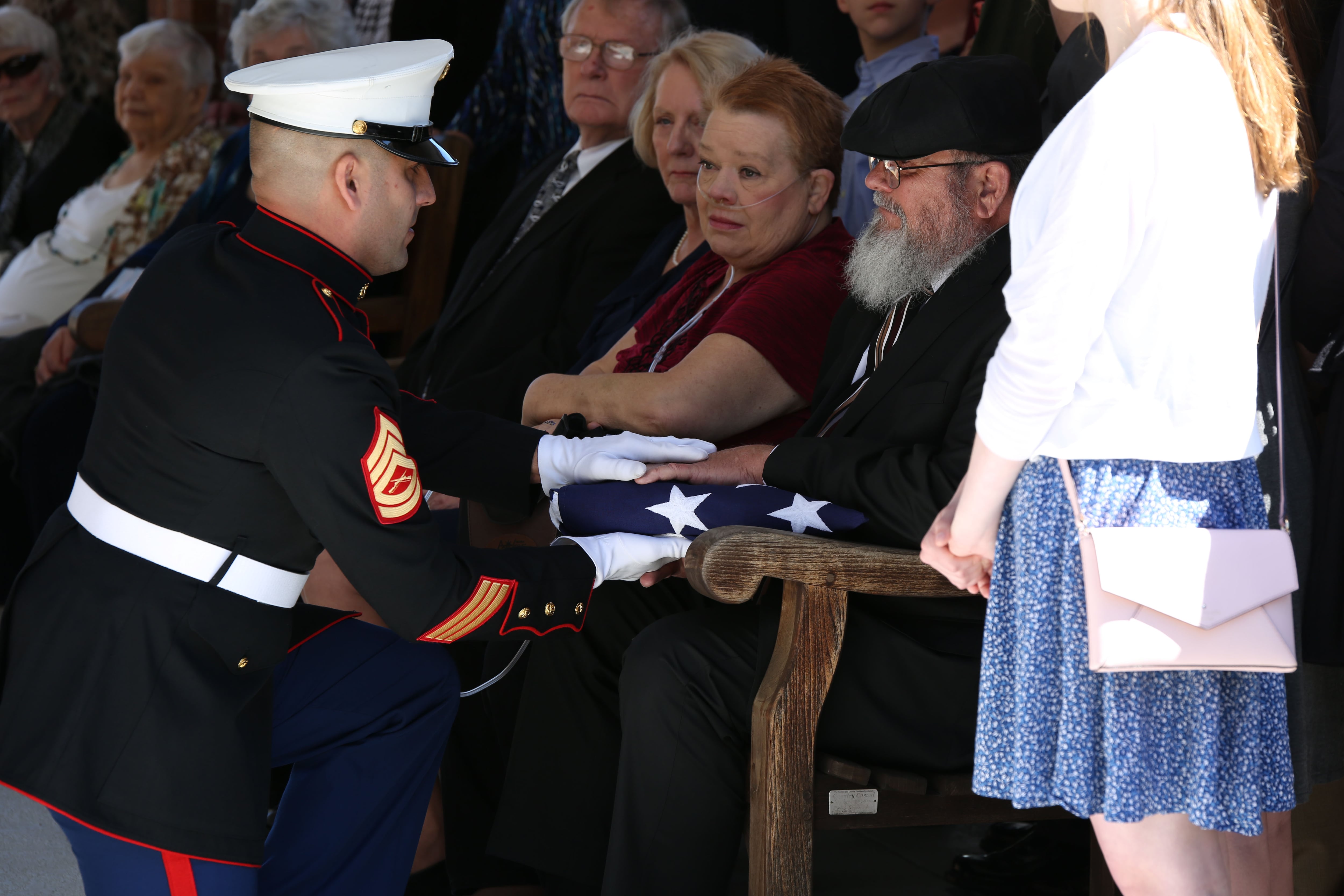
A Marine presents the American flag to Sgt. John Holladay's family 73 years after the Marine Raider was killed in World War II.
Photo Credit: Sgt. Donovan Lee/Marine Corps
The military then brought Sgt. Holladay home to Florence, the town where he had graduated high school as an 18-year-old in 1930.
He worked as a florist for a while, but his passion was forestry and the outdoors, his nephew said.
In early December 1941, Holladay and a buddy set off in a rowboat on a 100-mile river trip, fishing, hunting and living off the land.
"When they came out some 30 days later, they realized we were at war with Japan," Jack Holladay said. "He told his friend that he knew what he had to do and went straight away and enlisted in the Marine Corps."
On Jan. 9, 1942, John Holladay stepped on the yellow footprints at Parris Island. The 29-year-old immediately stood out for his maturity, integrity and leadership.
"When he decided to do something, he poured his heart and soul into it, he gave 100 percent of himself, and he gave that in the Corps," his nephew said.
He was only there for a month before getting word that Maj. Gen. Merritt Edson was looking for volunteers for a new, high-speed unit to conduct risky raids behind enemy lines.
Holladay stepped forward, and quietly disappeared to Quantico, Virginia, to begin training with the 1st Raider Battalion — Edson's Raiders — the unit many consider the first American special operations force of WWII.
"He was asked at Quantico to stay and be an instructor, but he wouldn't have it," Jack Holladay said. "He joined the Marines to fight for his country, and that's what he wanted to do."
On Aug. 7, 1942, Edson's Raiders opened the Guadalcanal Campaign with a landing on the small island of Tulagi. Once captured, they were dispatched to defend Henderson Field on Guadalcanal Island from an Imperial Japanese Army offensive.
Over the next year, Holladay fought across the Solomon Islands until he met the sniper's bullet on New Georgia Island.
Seventy-three years later, his casket was met by a Marine Corps honor guard on the tarmac at Charleston International Airport, South Carolina.
Interstate 26 shut down to all traffic except his motorcade, which was escorted by police and the Patriot Guard Riders; hundreds of people lined the 100 miles of Route 52 on the way to Florence to pay their respects, Jack Holladay said.
"Every little hamlet or town we passed through looked as if the whole town had turned out," he said. "Veterans organizations, folks lining the streets waving American flags; it was intensely emotional to see that much respect paid to a fallen comrade."
Sgt. John Holladay returned home April 4, his birthday.
"He would have been 104 years old," Jack Holladay said.
Matthew L. Schehl covers training and education, recruiting, West Coast Marines, MARSOC, and operations in Europe, Africa and the Middle East for Marine Corps Times. He can be reached at mschehl@marinecorpstimes.com.

